Why Rajasthan
The land of kinsg“Rajasthan” is a distinctive and lively region of India because of its rich royal past, which is represented in its magnificent palaces and forts, as well as its vivid customs and festivals.
. It is renowned for its magnificent forts, lavish palaces, expansive deserts, and vibrant customs. It is situated in the northwest of the nation. Rajasthan is a popular tourism destination globally because it provides the ideal fusion of natural beauty, architectural magnificence, and historical history.
The state is home to numerous wildlife reserves, the stunning Aravalli Hills, and the expansive Thar Desert. Cities in Rajasthan, like Jaipur, Udaipur, Jodhpur, and Jaisalmer, exhibit a royal heritage in their festivals, art, and architecture. A memorable experience is produced by its lively culture, which is represented in folk music, dancing, and food.
BEST PLACES TO VISIT IN RAJASTHAN

1. UDAIPUR
2. JAIPUR
3. JODHPUR
4. JAISALMER
5. PUSHKAR
6. CHITTORGARH
UDAIPUR

Known as the “City of Lakes” and the “Venice of the East,” Udaipur is one of the most charming places in India. The Aravalli Hills encircle Udaipur, a city in southern Rajasthan that is known for its stunning lakes, opulent palaces, and rich cultural legacy. Established by Maharana Udai Singh II in 1559, it functioned as the capital of the Mewar Kingdom and still embodies the splendor and bravery of its regal history.
A popular location for honeymooners, history buffs, and tourists looking for a tranquil getaway, Udaipur is known for its romantic atmosphere, lively bazaars, and traditional Rajasthani art and culture.
Top Places to Visit in Udaipur
1. City Palace
-
- On the shores of Lake Pichola is a splendid palace complex.
-
- renowned for its breathtaking architecture, elaborate carvings, and expansive city and lake views.
2. Lake Pichola
-
- A serene man-made lake surrounded by heritage buildings, temples, and hills.
-
- Offers boat rides to explore the famous islands of Jag Mandir and Jag Niwas (Taj Lake Palace).
3. Jag Mandir
-
- A beautiful island palace located in Lake Pichola.
-
- Known for its stunning architecture, lush gardens, and marble structures.
JAIPUR
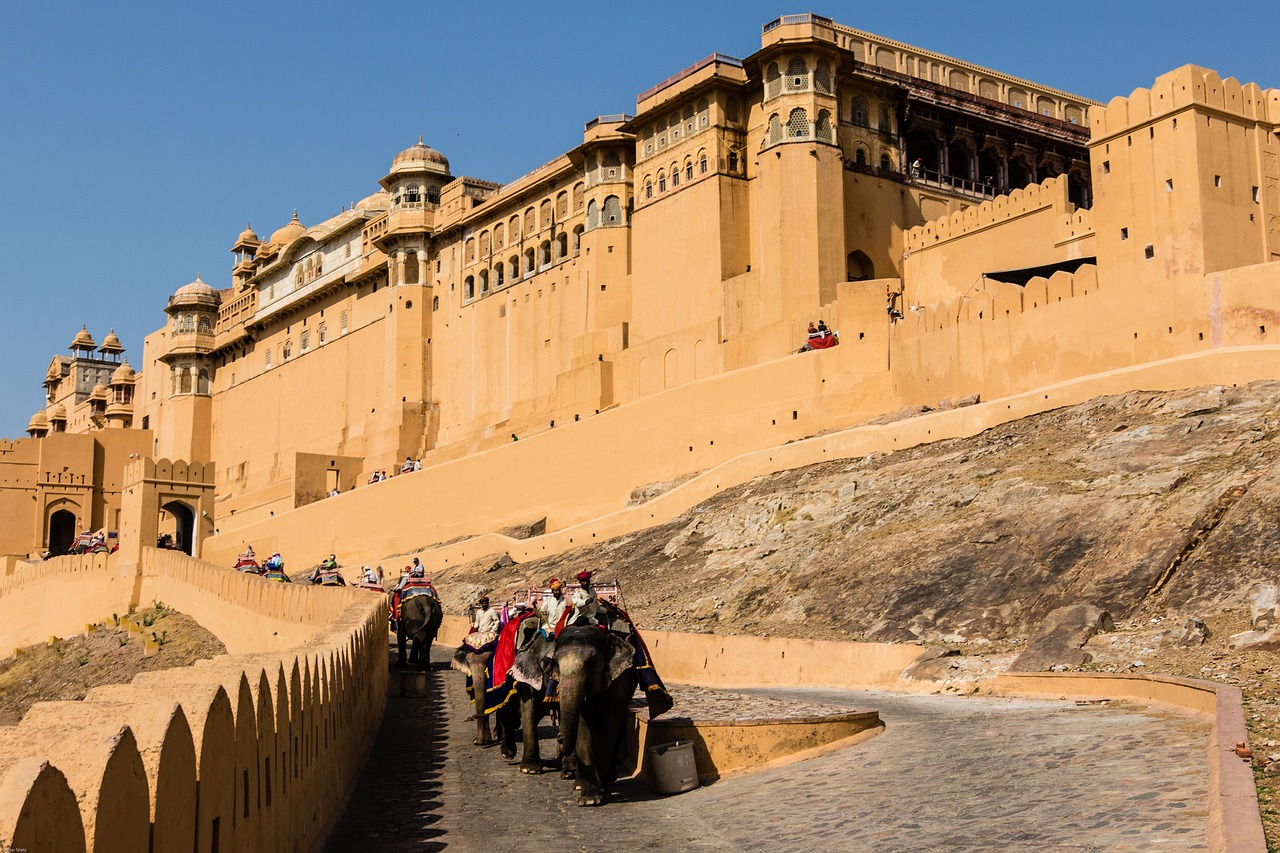
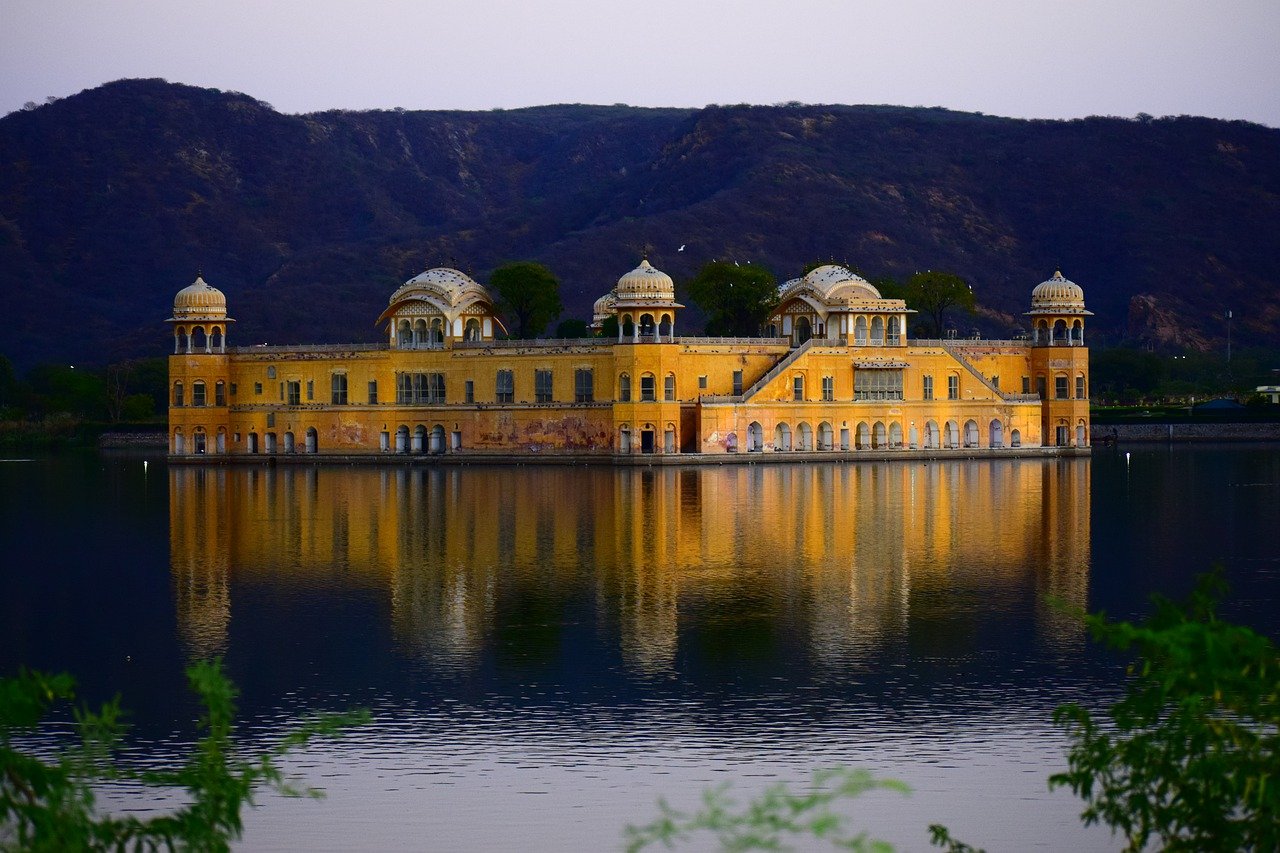
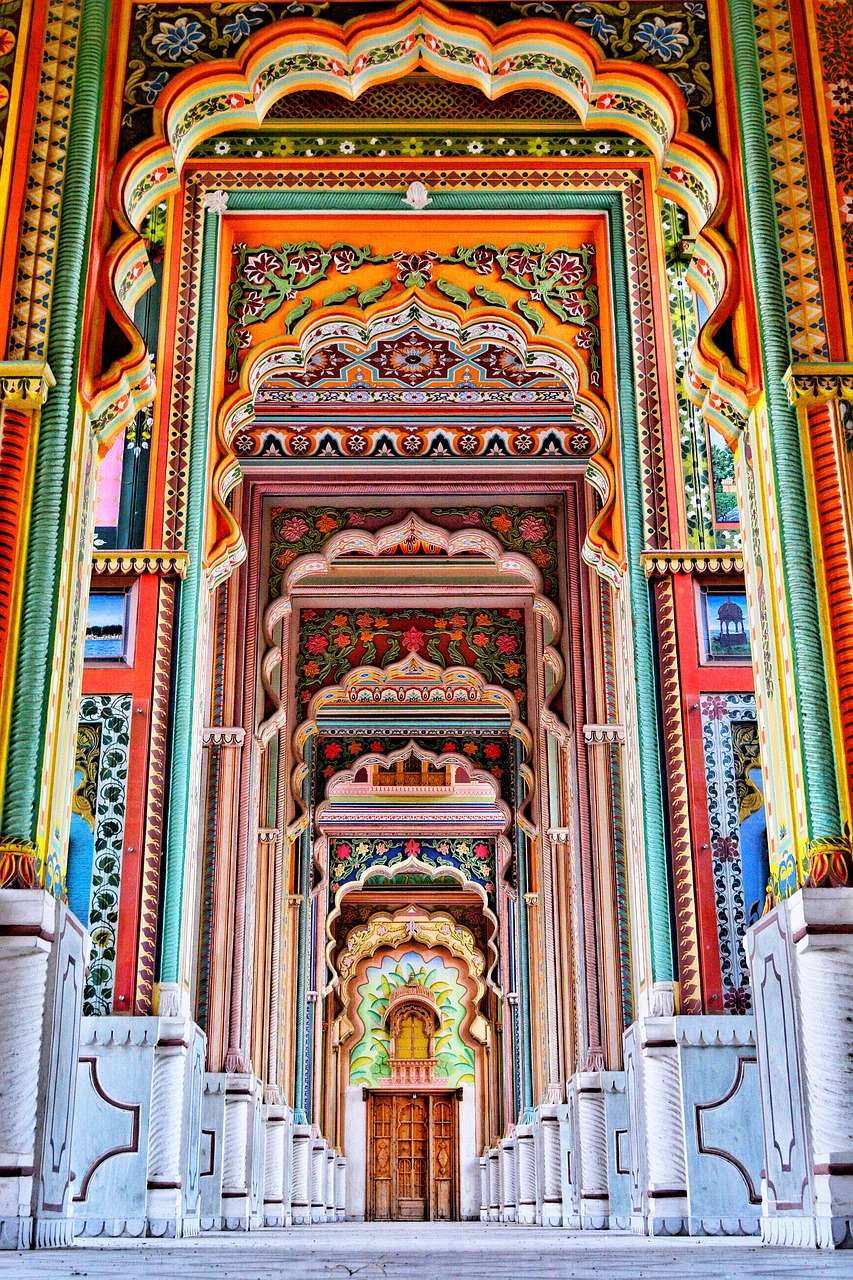
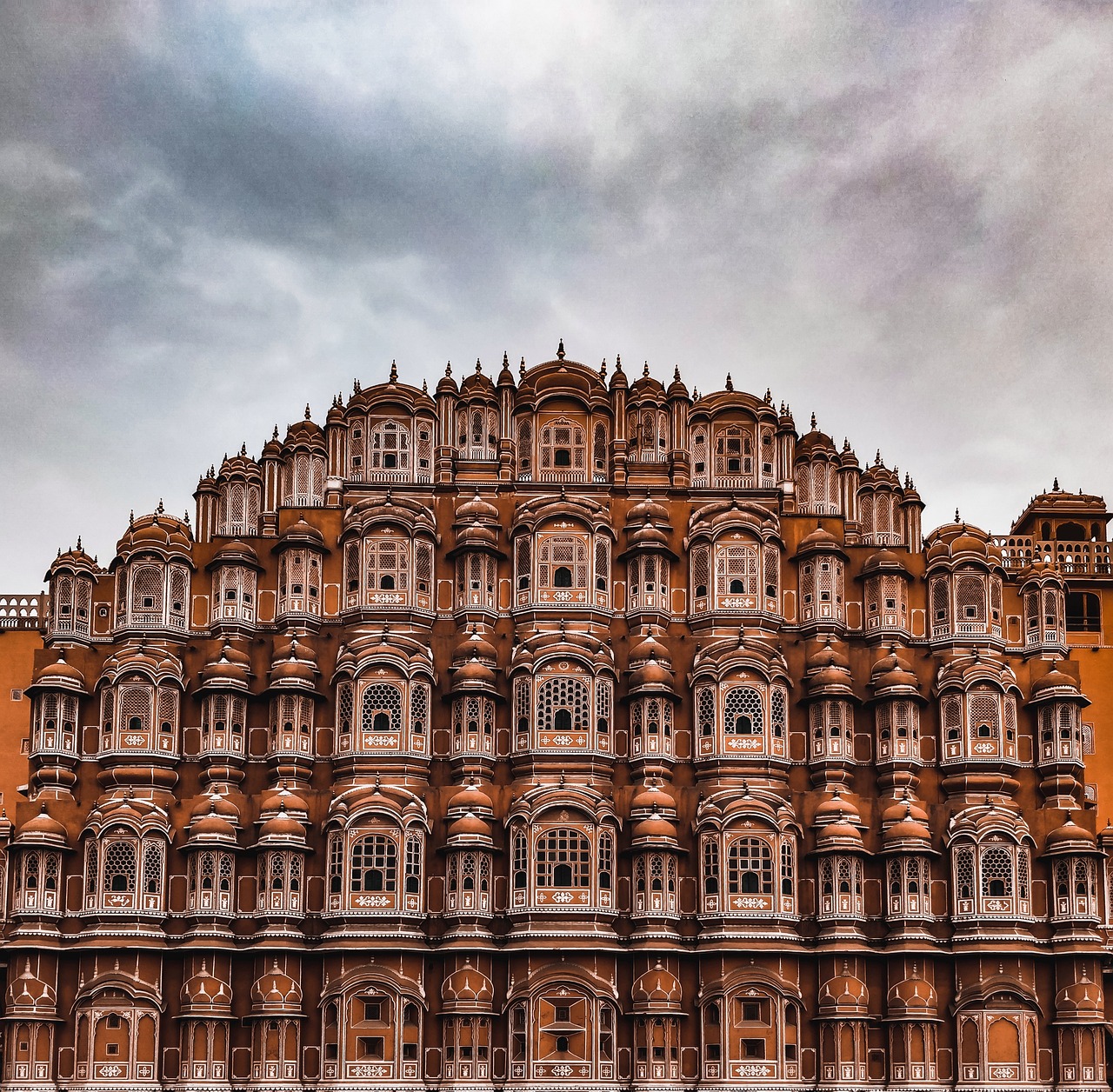
Rajasthan’s capital, Jaipur, is well-known as the “Pink City” because of its vibrantly colored structures that stand for culture and hospitality. India’s first planned city, Jaipur, was established in 1727 by Maharaja Sawai Jai Singh II and was meticulously built with inspiration from Vedic architecture. It seamlessly combines brilliant architecture, a thriving culture, and royal legacy.
Top Places to Visit in Jaipur
1. Amber Fort
-
- A UNESCO World Heritage Site located on a hill, 11 km from Jaipur.
-
- Known for its stunning architecture, mirrored halls, and panoramic views.
-
- Don’t miss the light and sound show in the evening.
2. City Palace
-
- A grand palace complex in the heart of Jaipur, showcasing a blend of Rajasthani and Mughal architecture.
-
- Includes museums, courtyards, and the private residence of the royal family.
3. Hawa Mahal (Palace of Winds)
-
- An iconic five-story structure with 953 small windows designed to allow cool breezes and provide privacy for royal ladies.
-
- Best viewed during sunrise or sunset.
4. Jantar Mantar
-
- A UNESCO World Heritage Site featuring the world’s largest stone sundial.
-
- A remarkable collection of astronomical instruments built by Maharaja Sawai Jai Singh II.
5. Nahargarh Fort
-
- Perched on the Aravalli Hills, it offers stunning views of Jaipur city.
-
- Popular for its sunset views and historical significance.
6. Jal Mahal (Water Palace)
-
- A beautiful palace situated in the middle of Man Sagar Lake.
-
- Visible only from the lake banks; its serene surroundings make it a great spot for photography.
7. Albert Hall Museum
The oldest museum in Rajasthan, showcasing a rich collection of art, artifacts, and traditional costumes.
3. JODHPUR

Known as the “Blue City” because of its breathtaking blue-painted homes, Jodhpur is a fascinating place to visit in Rajasthan. Rich in culture, history, and architectural marvels, Jodhpur has a variety of magnificent palaces, forts, lively bazaars, and picturesque vistas. The second-biggest city in Rajasthan, it is a must-see for tourists, history fans, and culture vultures.
1. Mehrangarh Fort
-
- Highlights: One of the largest and most magnificent forts in India.
-
- Details: Perched on a 410-meter hill, this imposing fort offers stunning panoramic views of the Blue City.
-
- Features: Explore its massive gates, courtyards, palaces, and museums. The fort also houses artifacts, royal costumes, and weapons.
-
- Tip: Don’t miss the Sound & Light Show in the evening at the fort.
2. Umaid Bhawan Palace
-
- Highlights: One of the most impressive palaces in India.
-
- Details: Built by Maharaja Umaid Singh, this palace is a blend of Art Deco and traditional Indian architecture.
-
- Features: Part of it has been converted into a luxury hotel, while the rest is a museum showcasing royal artifacts.
-
- Explore: The beautiful gardens, museum displays, and architecture.
3. Jaswant Thada
-
- Highlights: A serene marble cenotaph built in memory of Maharaja Jaswant Singh II.
-
- Details: Often referred to as the “Taj Mahal of Jodhpur”, this structure is made of white marble and offers an insight into the region’s architectural beauty.
-
- Tip: Located near Mehrangarh Fort, it offers stunning views and is great for photography.
4. Clock Tower & Sardar Market
-
- Highlights: A bustling market with traditional Rajasthani handicrafts, textiles, and souvenirs.
-
- Details: The Clock Tower is a landmark and offers access to the lively Sardar Market, a perfect spot to experience local culture.
-
- Shopping: Look for handicrafts, colorful textiles, spices, and traditional footwear (juttis).
4. JAISALMER
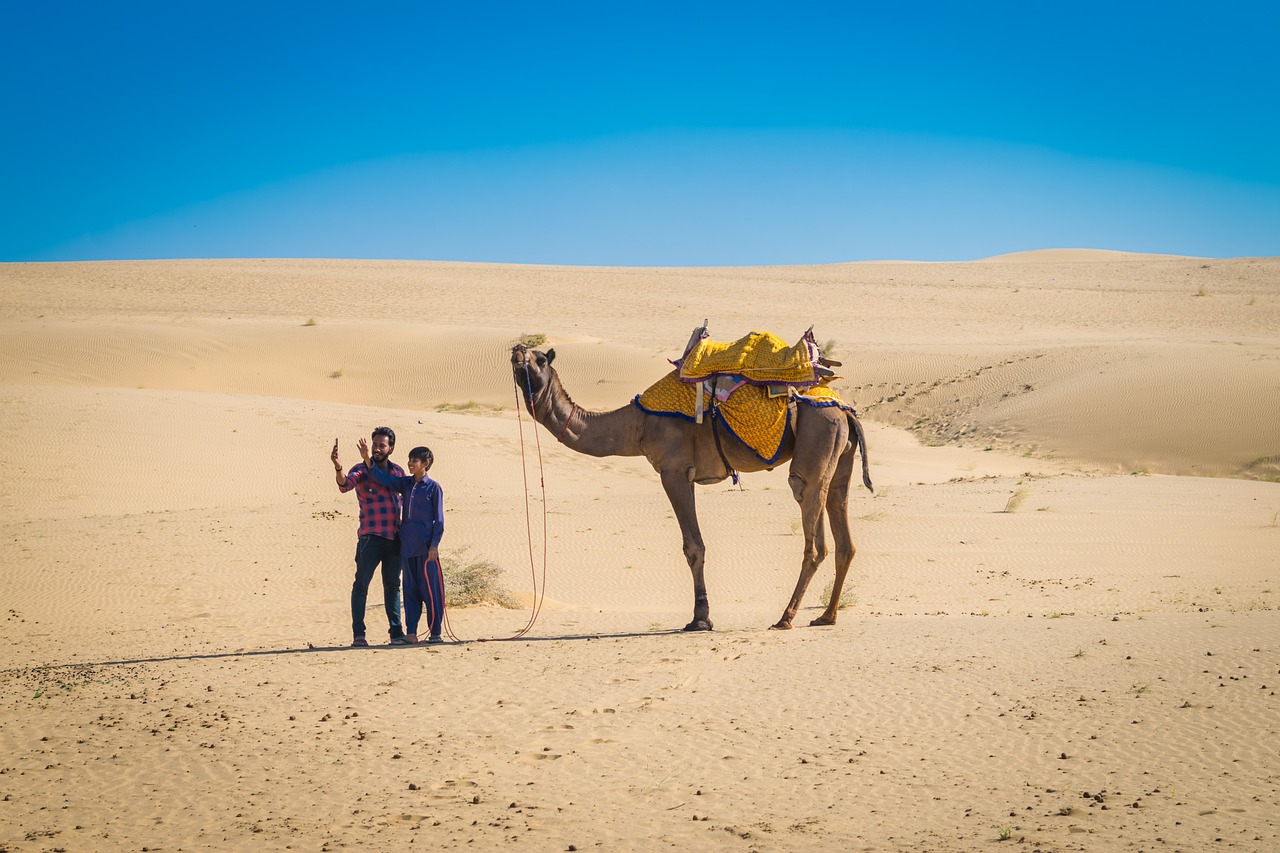
The “Golden City”—Jaisalmer—is one of Rajasthan’s most captivating travel destinations. Jaisalmer, a beautiful desert city in the Thar Desert, gets its name from the golden color of its sandstone buildings, which shine in the sunlight. The “Gateway to the Desert” provides visitors with a singular fusion of culture, history, and scenic splendor.
Renowned for its historic forts, sand dunes, camel safaris, and lively bazaars, Jaisalmer is a UNESCO World Heritage Site. Jaisalmer provides visitors with a captivating desert experience that lingers long after they depart thanks to its rich history, golden sandstone forts, and traditional Rajasthani charm.
Top Places to Visit in Jaisalmer
1. Jaisalmer Fort (Sonar Quila)
-
- Highlights: Known as the Golden Fort, it is one of the largest forts in the world and a UNESCO World Heritage Site.
-
- Details: The fort is unique because it is still a living fort with shops, homes, and temples inside.
-
- Features: Explore its narrow lanes, centuries-old temples, and royal residences.
-
- Tip: The fort’s golden sandstone glows beautifully during sunset.
2. Patwon Ki Haveli
-
- Highlights: One of the most magnificent havelis in Jaisalmer.
-
- Details: Built by a wealthy trader, this haveli showcases intricate carvings and traditional Rajasthani architecture.
-
- Features: Explore its courtyards, balconies, and museum displaying artifacts.
3. Sam Sand Dunes
-
- Highlights: Iconic sand dunes located on the outskirts of Jaisalmer.
-
- Activities:
-
- Camel Safari: Explore the dunes on a camel ride.
-
- Desert Camping: Experience the tranquility of the desert under a sky full of stars.
-
- Cultural Performances: Enjoy traditional Rajasthani dance and music around a bonfire.
-
- Activities:
4. Gadisar Lake
-
- Highlights: A serene and picturesque man-made lake in the heart of Jaisalmer.
-
- Activities: Boating and birdwatching.
-
- Tip: The lake offers stunning sunset views, and its surrounding environment is rich in history and culture.
5. Bada Bagh
-
- Highlights: A historical site with royal cenotaphs built in memory of Jaisalmer’s rulers.
-
- Details: It provides a serene glimpse into the region’s royal history.
-
- Features: Architectural beauty and an impressive view of the Thar Desert.
6. Desert National Park
-
- Highlights: A vast protected area showcasing the biodiversity of the Thar Desert.
-
- Details: Home to various desert species like the Great Indian Bustard, chinkara, and other desert wildlife.
-
- Activities: Bird watching and exploring sand dunes.
7. Jain Temples
-
- Highlights: Located inside the Jaisalmer Fort, these ancient temples are dedicated to Lord Mahavir and other Jain deities.
-
- Details: Known for their intricate carvings and beautiful architecture.
-
- Experience: Witness the spiritual and architectural harmony of these sacred spaces.
5. PHUSHKAR

In Rajasthan, India’s Ajmer district is the tiny, quaint town of Pushkar. With its unique fusion of spirituality, culture, and tradition, it is regarded as one of India’s holiest cities. Pushkar is well-known for its holy lake, historic temples, lively bazaars, and festivals. It provides visitors with a calm yet colorful experience.
The town is located on the shores of Pushkar Lake, which the god Brahma is said to have created. Devotees and tourists from all over the world visit this important Hindu pilgrimage destination. In addition to its religious significance, Pushkar is well-known for its camel fair, which attracts both locals and visitors with its vibrant celebrations and cultural shows.
Top Places to Visit in Pushkar
1. Pushkar Lake
-
- Highlights: The sacred lake is the heart of Pushkar and holds immense religious significance.
-
- Details: Believed to have been created by Lord Brahma, the lake has 52 ghats and is surrounded by ancient temples.
-
- Activities:
-
- Ritual bathing (pilgrimage rituals are performed here).
-
- Explore the ghats for a peaceful experience.
-
- Activities:
-
- Best Time to Visit: Early morning or sunset for the serene views.
2. Brahma Temple
-
- Highlights: One of the very few temples in the world dedicated to Lord Brahma, the Hindu god of creation.
-
- Details: The temple has a unique architecture with distinct carvings and design.
-
- Features: Dedicated to Brahma and considered a must-visit for pilgrims and history enthusiasts.
3. Pushkar Camel Fair
-
- Highlights: One of the world’s largest and most famous camel fairs.
-
- Details: Held in the months of October or November, the fair is a celebration of Rajasthan’s rural culture.
-
- Activities:
-
- Camel trading.
-
- Folk dance performances.
-
- Cultural events and local music performances.
-
- Hot air balloon rides and traditional Rajasthani art shows.
-
- Activities:
4. Savitri Temple
-
- Highlights: Located on a hilltop, this temple offers panoramic views of Pushkar.
-
- Details: Dedicated to Savitri, the wife of Lord Brahma, the climb to the temple is well worth the effort for the breathtaking scenery.
-
- Activities: Hiking to the temple and enjoying the serene views.
5. Gau Ghat
-
- Highlights: A sacred bathing spot on the ghats of Pushkar Lake.
-
- Details: It is believed that bathing here purifies one’s soul. It’s an ideal spot to experience local spiritual rituals.
6. Pushkar Bazaar (Local Market)
-
- Highlights: The vibrant local market is an explosion of colors, textiles, and local handicrafts.
-
- What to Shop For:
-
- Rajasthani handicrafts.
-
- Colorful fabrics and textiles.
-
- Silver jewelry and leather goods.
-
- Traditional juttis (footwear) and souvenirs.
-
- What to Shop For:
6. CHITTORGARH
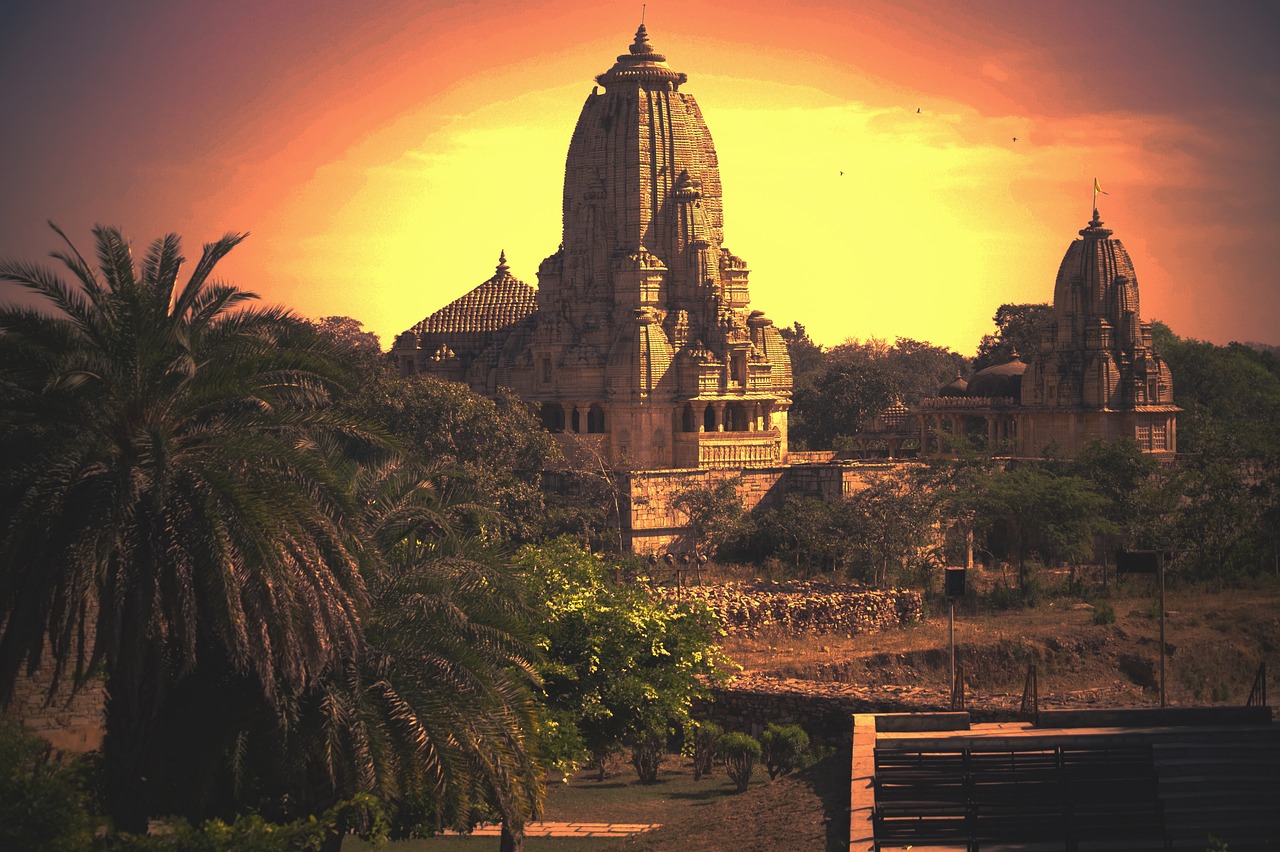
Famous for its magnificent fort, regal past, and opulent architecture, Chittorgarh, often known as Chittor, is a historic city in Rajasthan. One of the most important historical and cultural sites in Rajasthan is Chittorgarh, which is roughly 120 kilometers from Udaipur. The town is replete with legends of bravery, sacrifice, and imperial splendor, and its focal point is the Chittorgarh Fort, a UNESCO World Heritage Site.
Once the capital of the Mewar dynasty, Chittorgarh has seen many sieges, most famously the one in the 14th century by Alauddin Khilji. The city is also well-known for its renowned Rani Padmini, whose tale of valor and selflessness is ingrained in its very fabric.
Top Places to Visit in Chittorgarh
1. Chittorgarh Fort (Chittor Fort)
-
- Highlights: One of the largest forts in India, covering an area of 700 acres.
-
- Details: The fort stands as a symbol of Mewar’s grandeur and resilience, offering a glimpse into the royal history of Rajasthan.
-
- Features:
-
- Massive gates like Ram Pol and Laxman Pol.
-
- Vijay Stambh (Victory Tower), a nine-story tower built to commemorate the victory over the Mughal forces.
-
- Kirti Stambh (Tower of Fame), dedicated to Jain Tirthankaras.
-
- Explore the palaces, temples, and reservoirs within the fort complex.
-
- Features:
2. Rani Padmini Palace
-
- Highlights: The historical palace is linked to the legend of Rani Padmini, the queen of Chittor.
-
- Details: The palace is surrounded by a beautiful lotus pond and has a unique structure. The queen’s story of self-sacrifice during the siege of Alauddin Khilji is a poignant part of Rajasthan’s history.
-
- Features: The mirror room (Zanana Mahal) is said to have been used by Rani Padmini to show her reflection to Khilji.
3. Meera Temple
-
- Highlights: A beautiful temple dedicated to Meera Bai, the famous saint and poetess of Rajasthan.
-
- Details: Meera Bai is known for her devotional songs dedicated to Lord Krishna. This temple, built in her honor, is a symbol of her devotion.
-
- Features: The temple has beautiful frescoes and carvings depicting Meera Bai’s life and work.
4. Kirti Stambh (Tower of Fame)
-
- Highlights: A Jain temple dedicated to the Jain Tirthankaras, famous for its architectural beauty.
-
- Details: The tower, which stands at a height of 22 meters, is adorned with exquisite carvings of Jain gods and Tirthankaras.
-
- Features: The intricate artwork and peaceful surroundings make this site a place of reverence and reflection.
